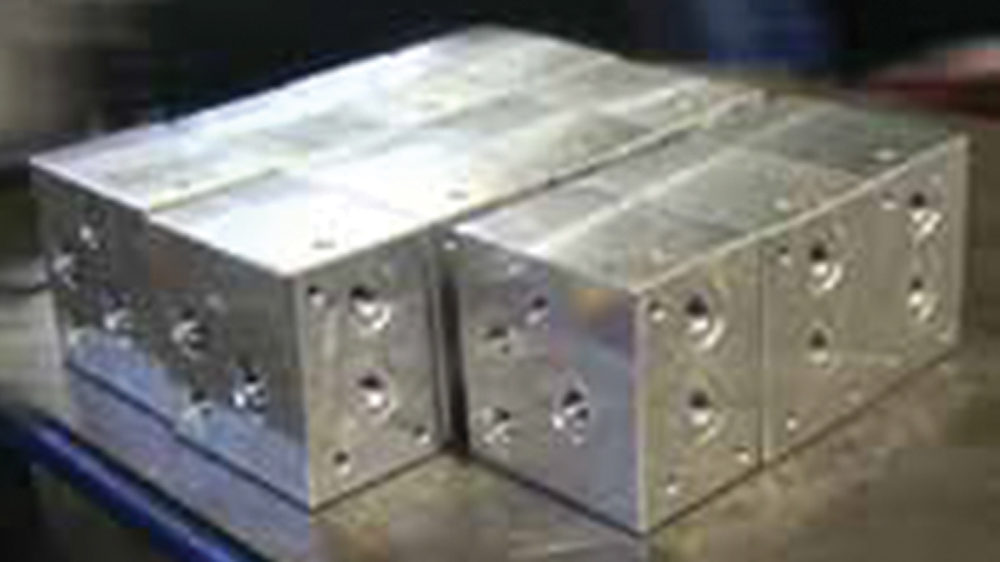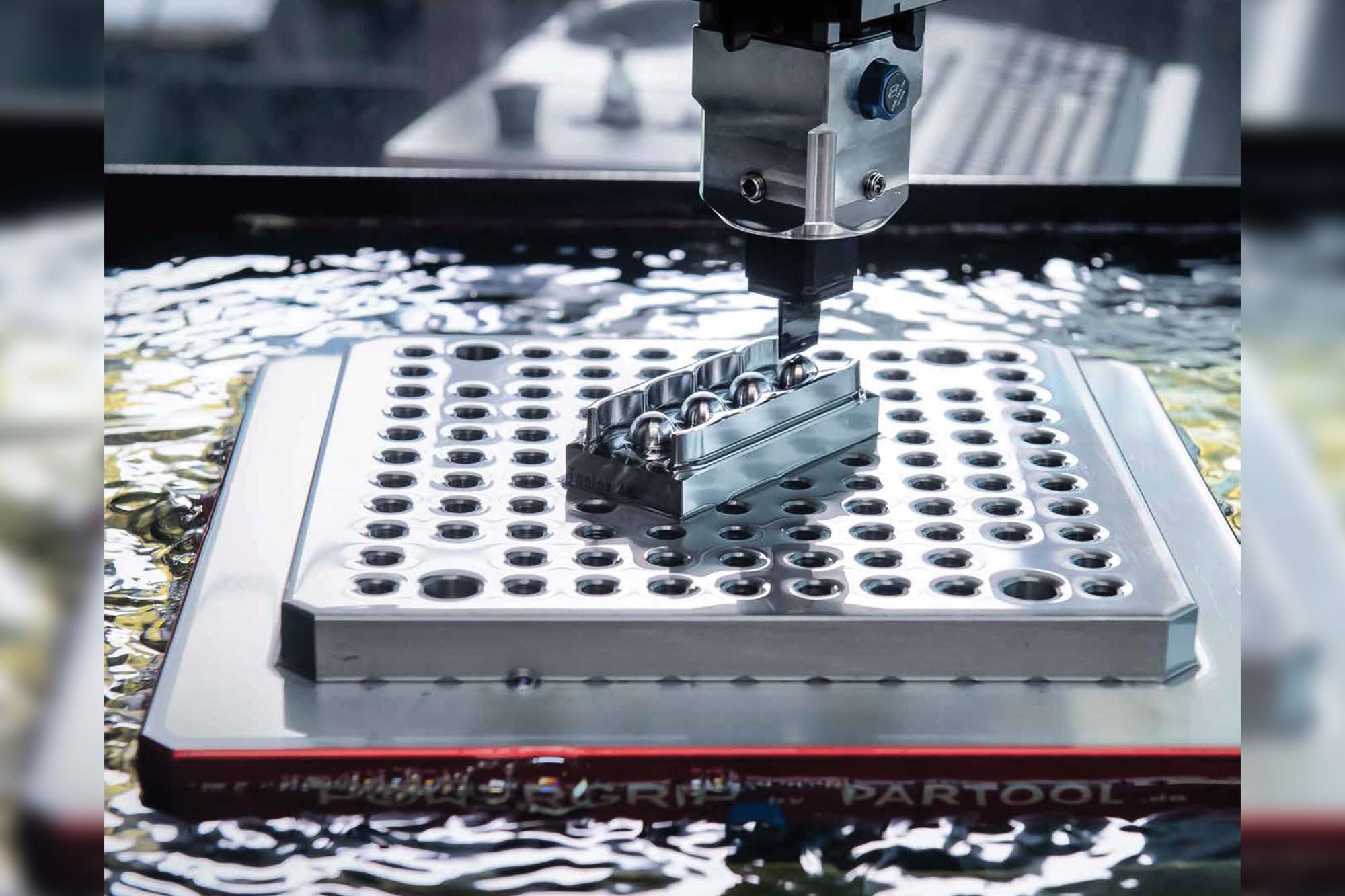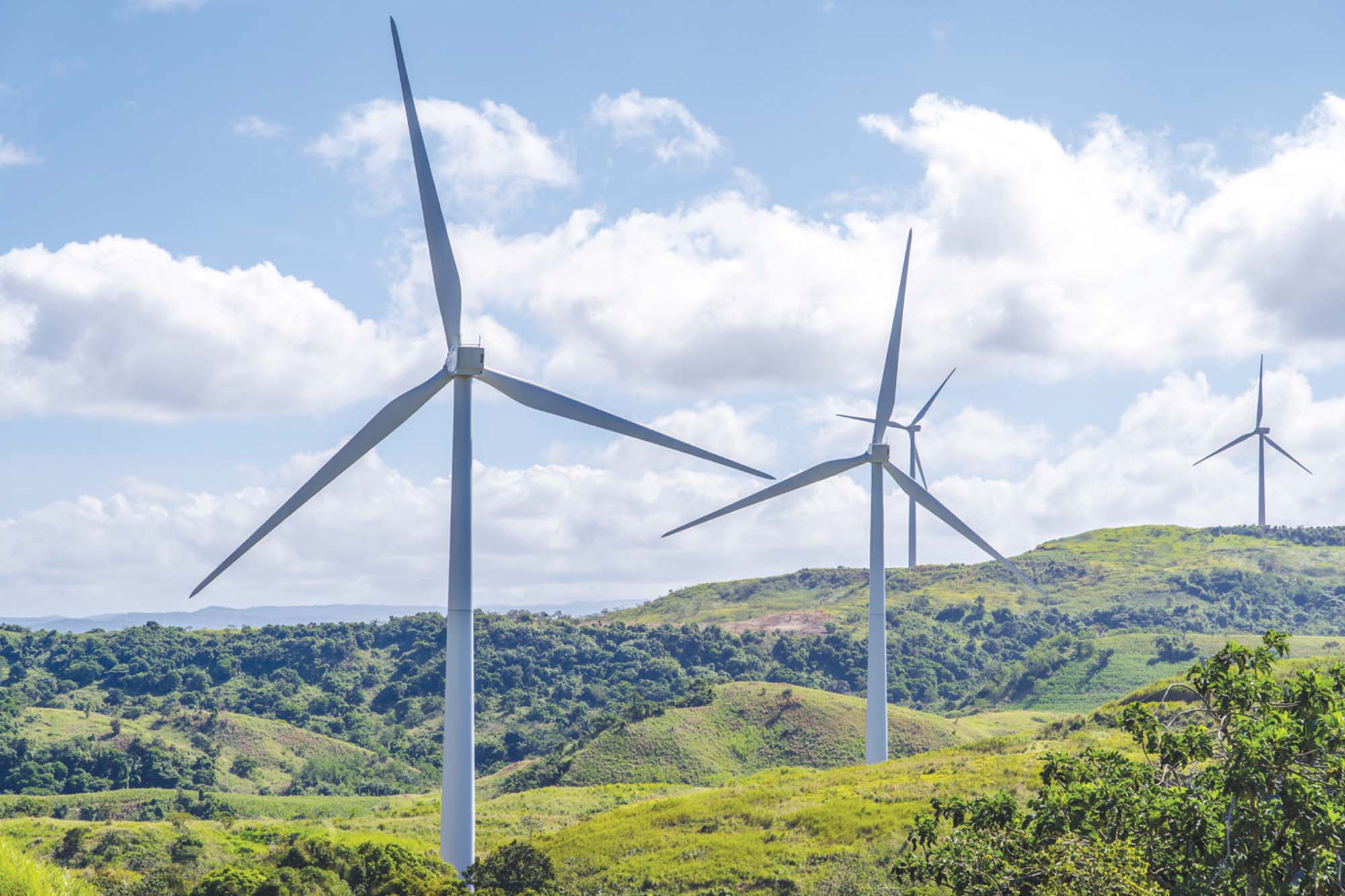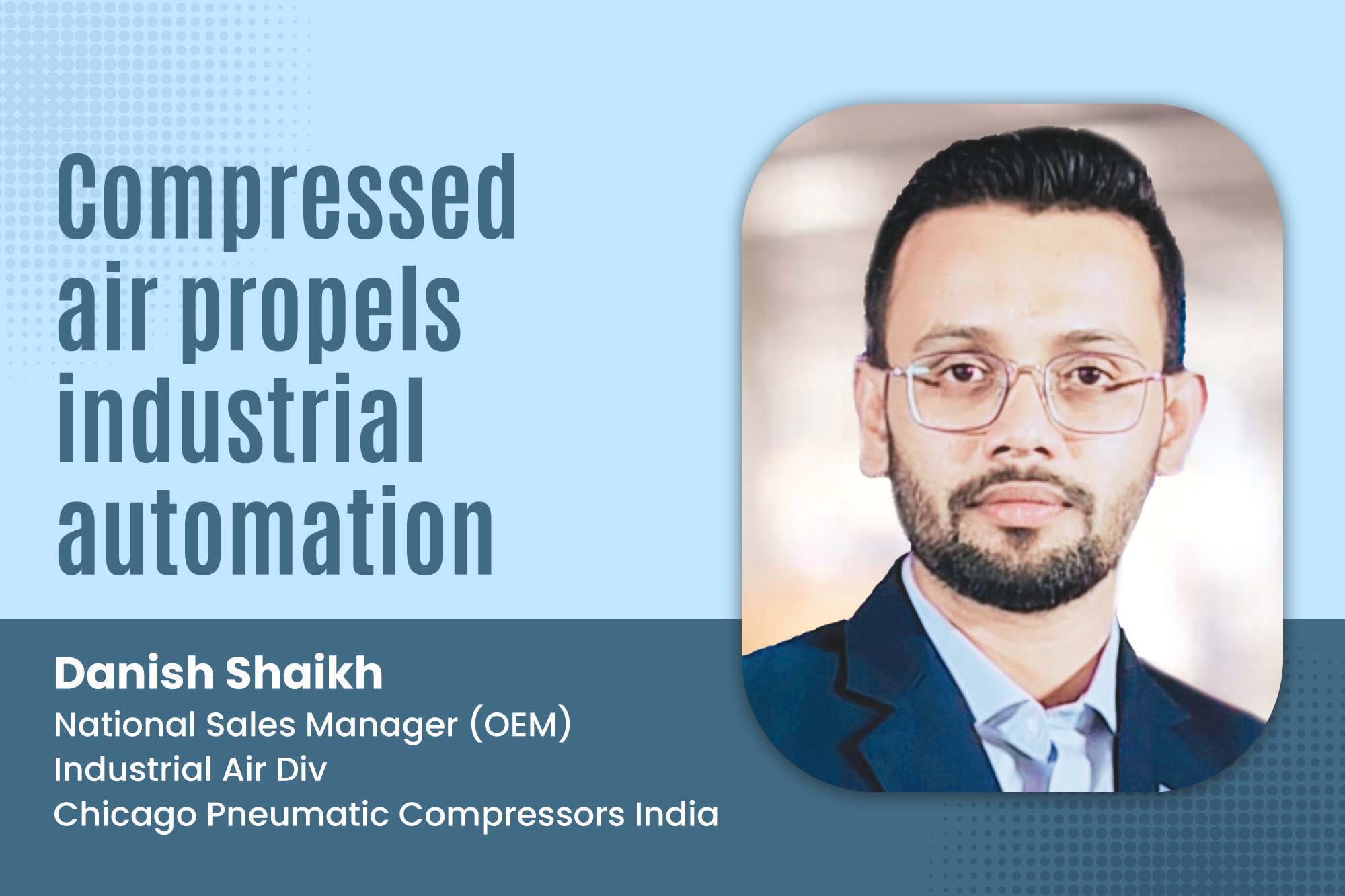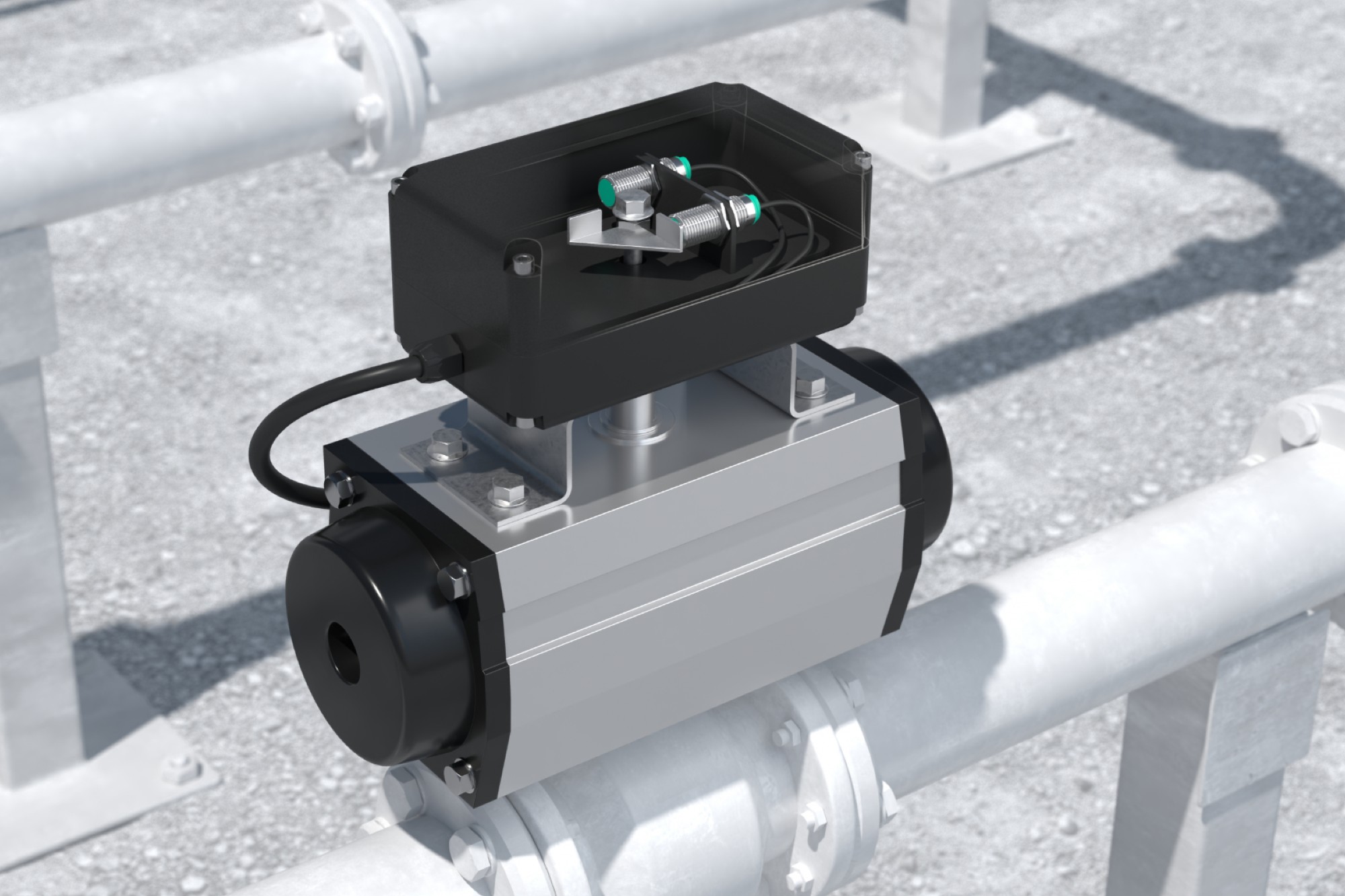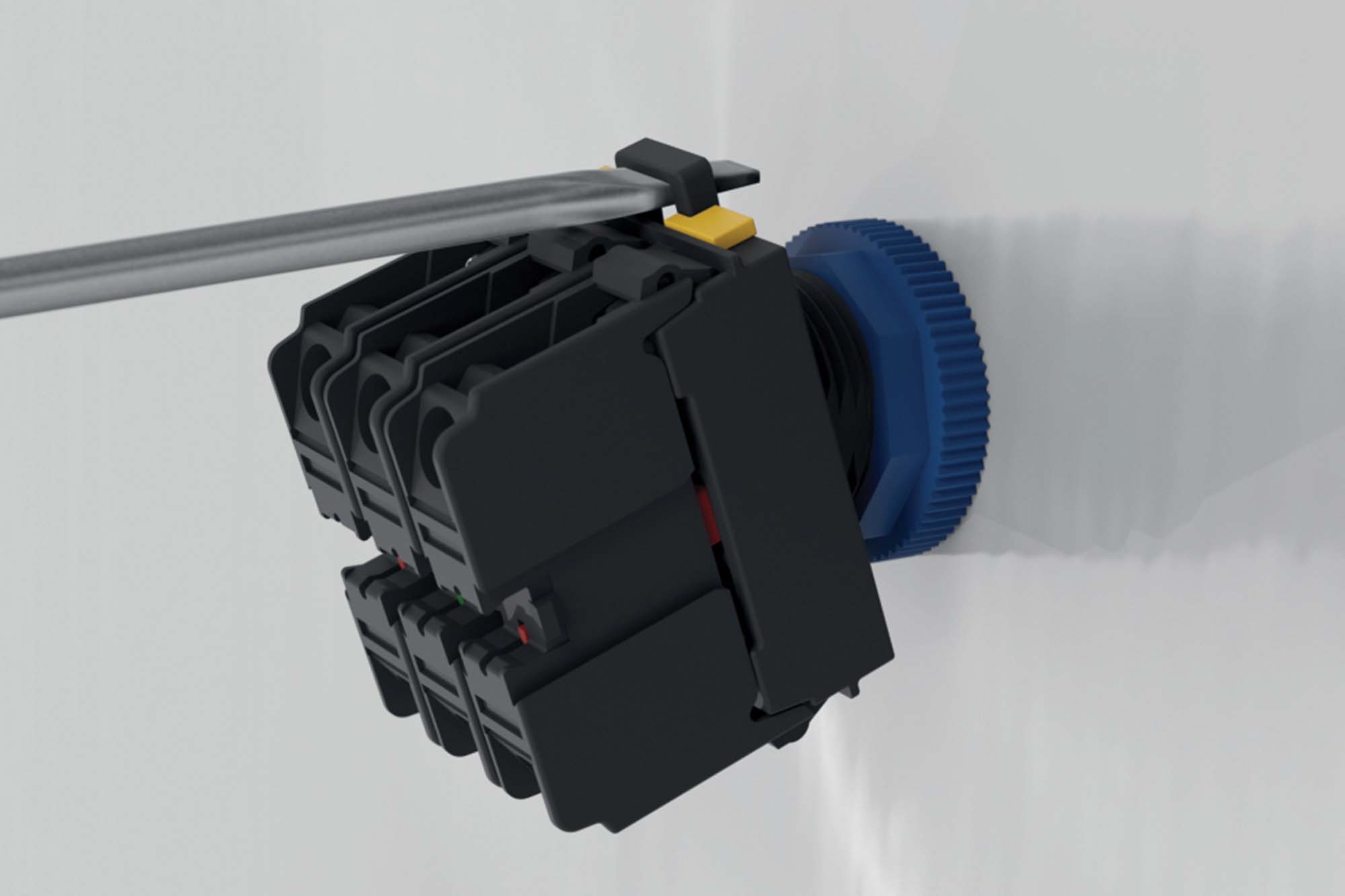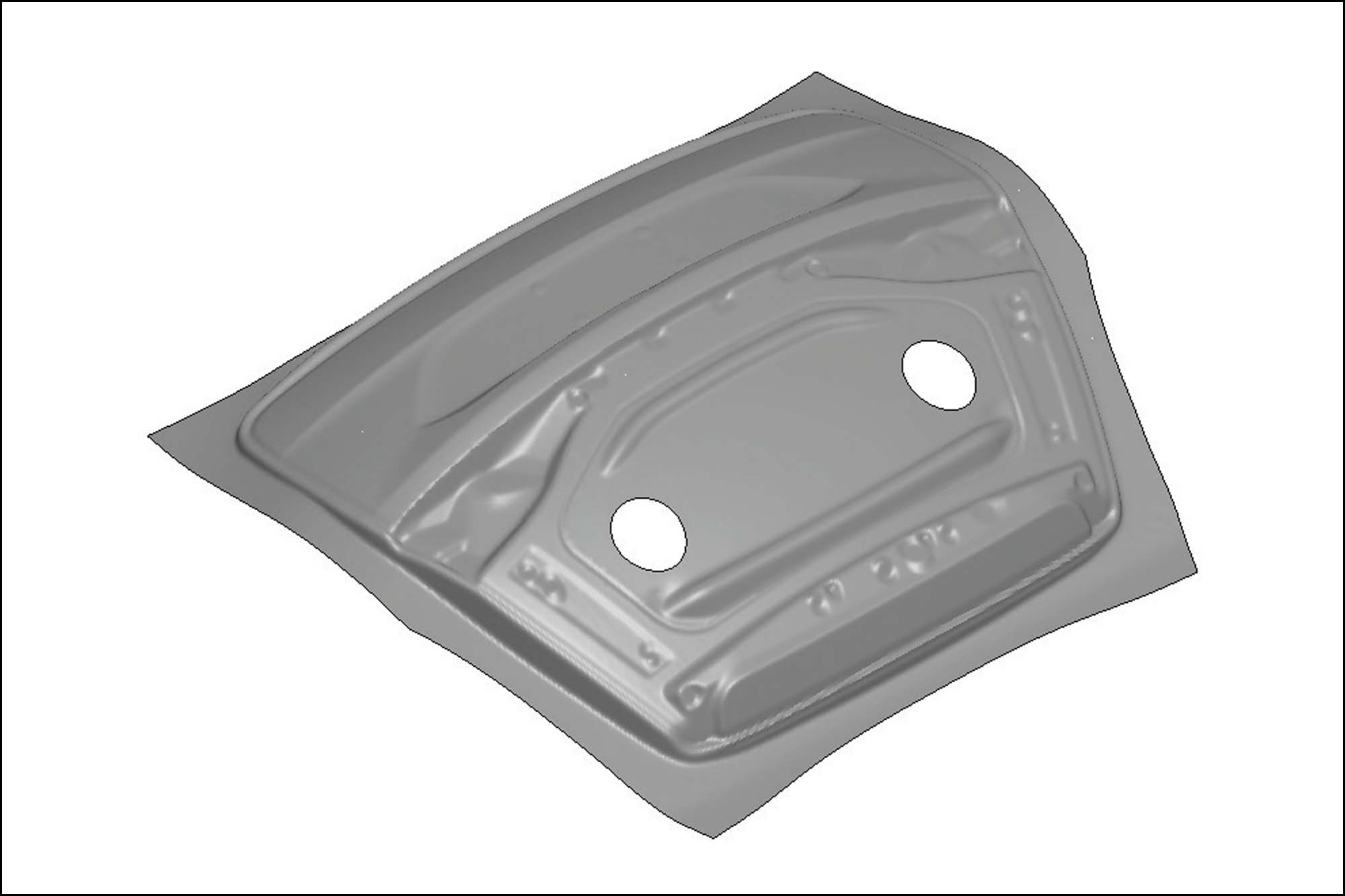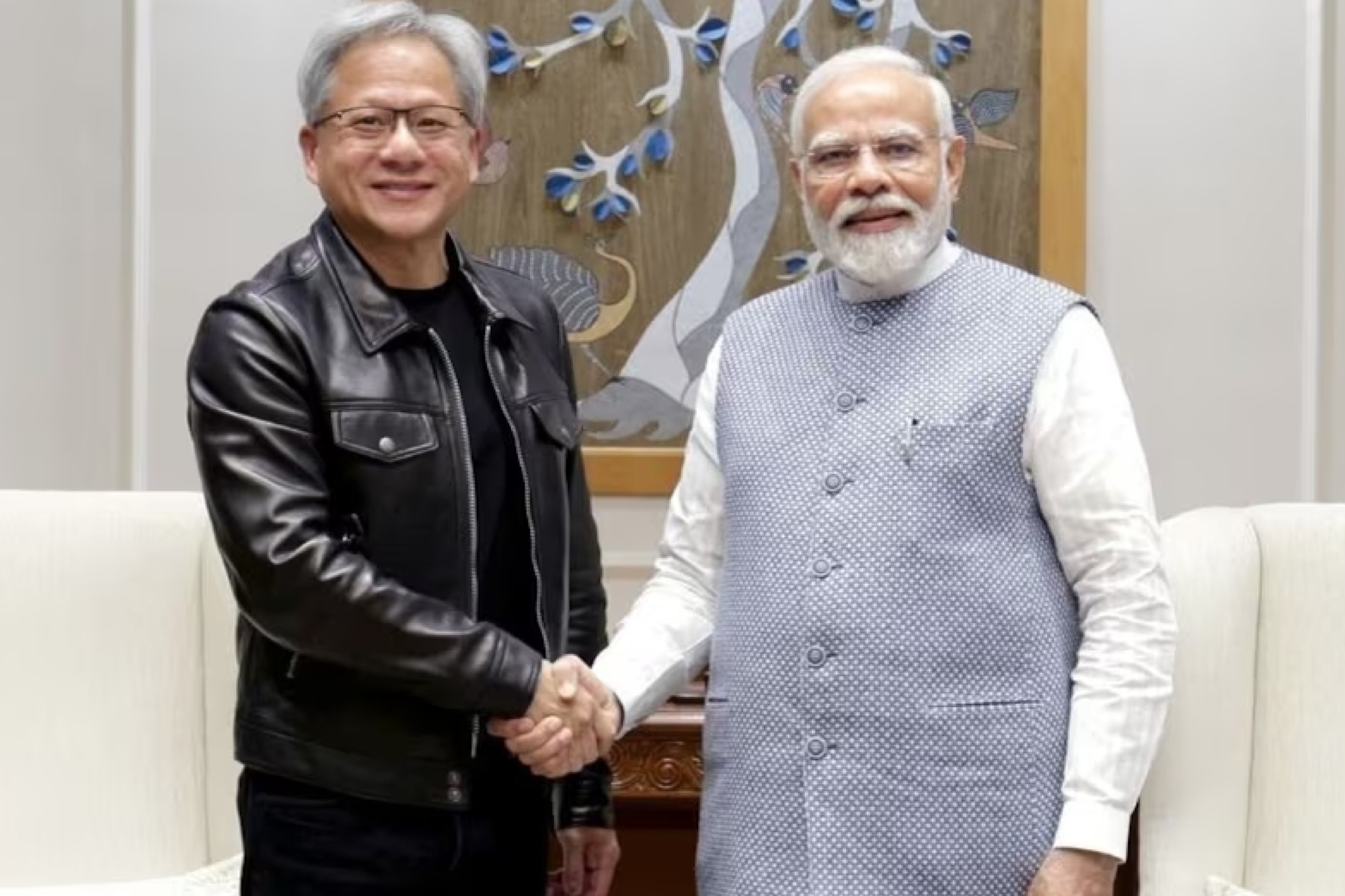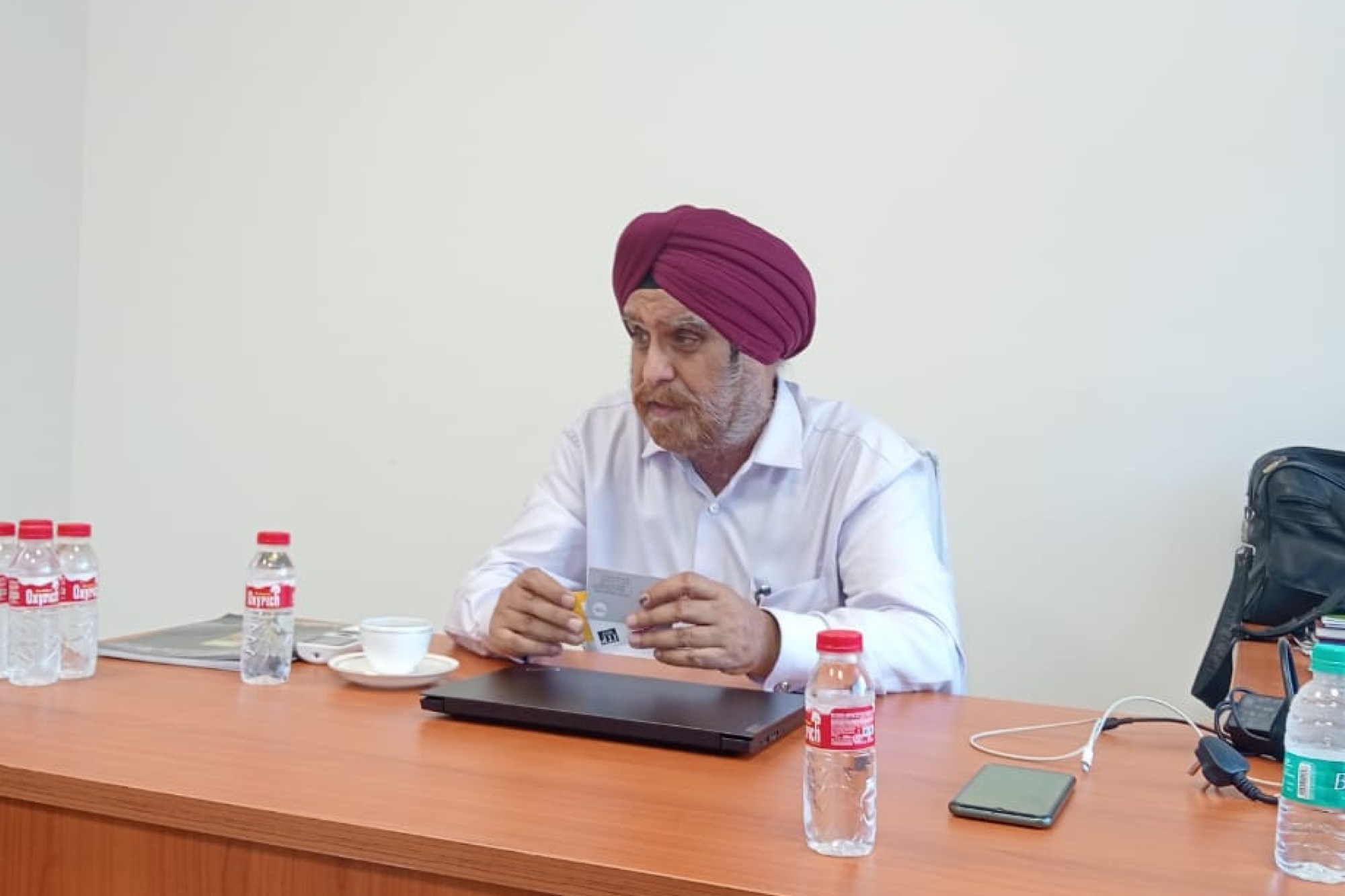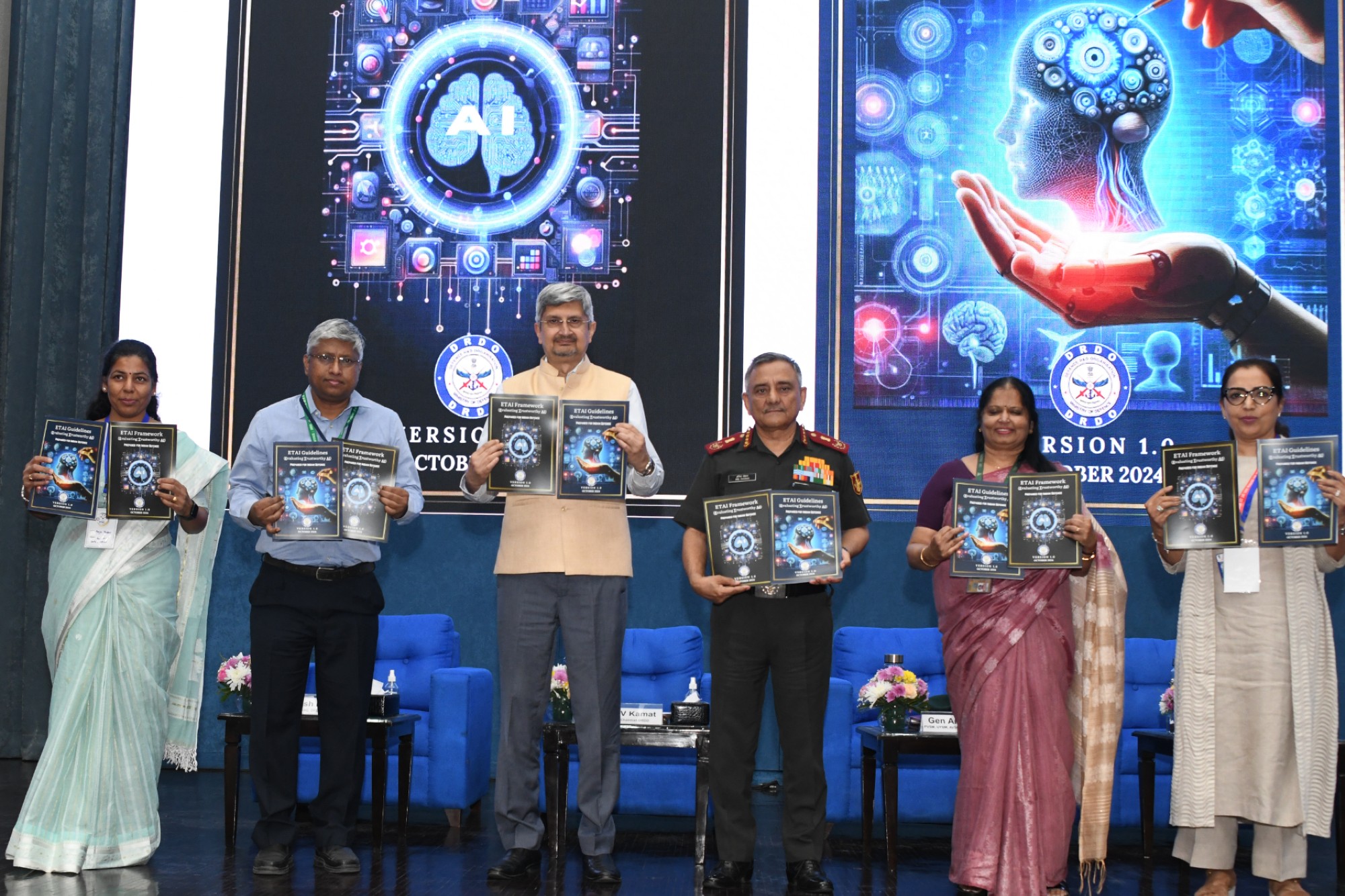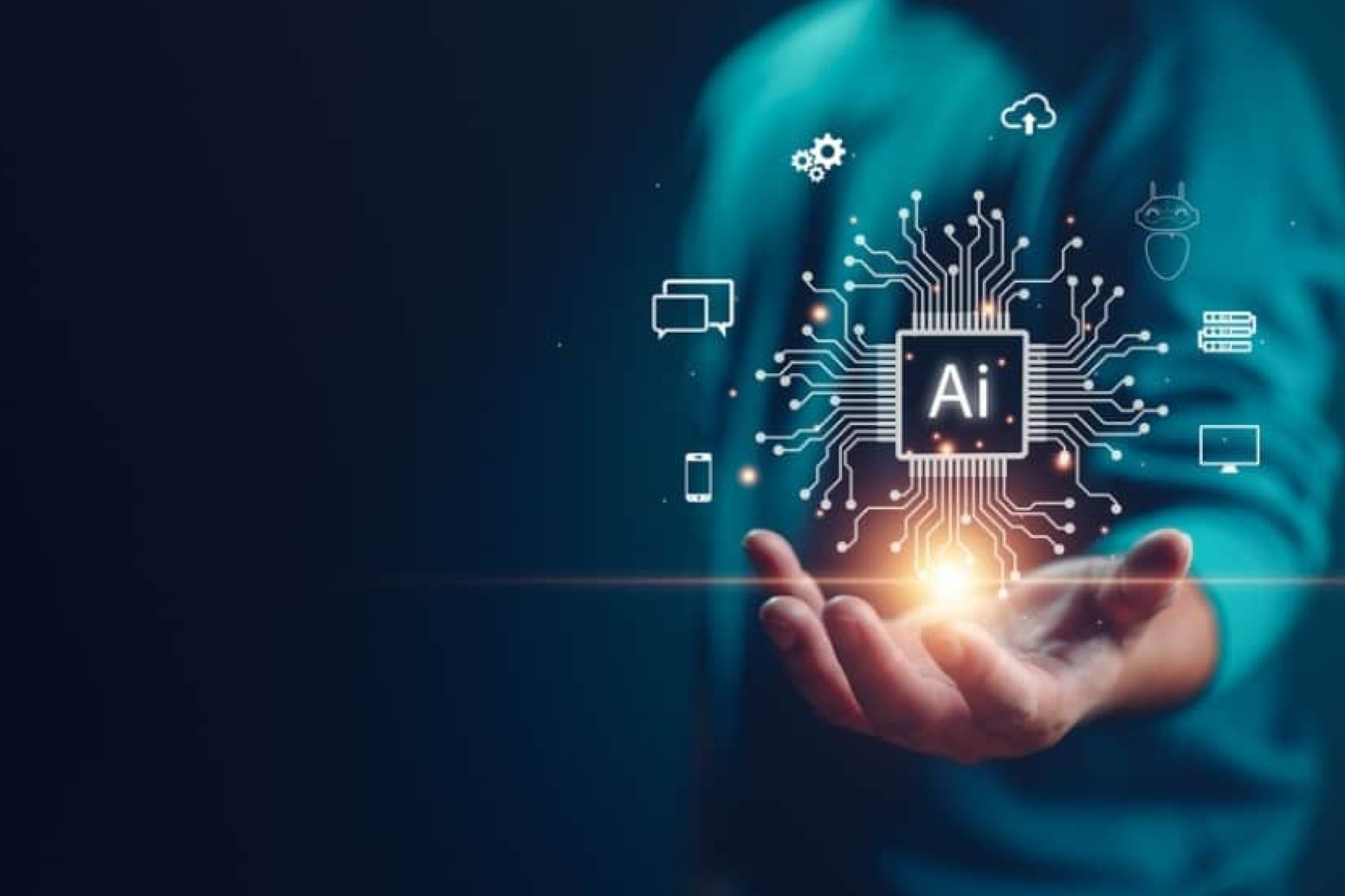Surface Treatment & Surface Finishing: A few non-conventional processes
By OEM Update Editorial November 12, 2017 1:04 pm
Here we briefly discuss about some of the surface treatment and surface finishing solutions.
A good surface finish is mostly preferred; it not only improves the aesthetic look but also enhances the efficiency and safety of parts. For several applications, a rough surface is essentially required; example brakes (where we need friction), roads (for better grip of tires), pre-treatment for painting and other coatings.
With increasing demand of precision parts having specific profiles, defined burr size and shape, demand of longer life etc. the parts should be treated with a technology that commensurate with end requirement.
We shall briefly mention about some of the surface treatment and surface finishing solutions:
Thermal Energy Method (TEM) Deburring
As the name suggests, it is a deburring process. It efficiently removes the machine generated burrs and is an excellent process for removal of internal or hard to reach burrs. If we try to remove internal burrs, example burrs created at the intersection of cross holes, with conventional methods; these burrs tend to fold on other side. One can seldom assure that burr is cent per cent removed. Well we are not discussing one off or a few parts; we are talking about mass manufacturing – a few hundred or a few thousand parts per day
In TEM Deburring process parts are placed in a chamber, fuel gas together with oxygen is supplied at pressure, a spark generated causing a spike in internal temperature and burrs are oxidized to flu gases. It should be noted that while TEM Deburring will remove the burrs, it will assure any radius formation.
As every process will have, TEM too has a few limitations – thick root burrs, material should be oxidable (exception – thermo-plastics), component should be small enough to fit in chamber (maximum size of chamber is approx. diameter 380 mm * height 575 mm).
A few examples of TEM Deburring
TEM Deburring machine may cost anything above Euro 270.000,00. One should not forget to make provisions for another INR 50L for peripherals that include pre-treatment and post treatment plants and fuel or gas storage plant.
Electro-Chemical Machining
Electro-Chemical Machining or ECM as is popularly known is a process capable to produce parts of complex geometry, intricate shapes and deburr parts with defined edge formation (radius / chamfer etc.). It is recommended for repetitive large batches or mass production volumes.
Generally speaking, any material that is electrically conductive, can be processed with ECM. Following matrix provides a fair idea for application of ECM.
ECM is often characterized as “reverse electroplating”, in that it removes material instead of adding it. In an electrolyte solution, Cathode (tool) is advanced into Anode (workpiece) maintaining a constant gap of ~ 80 to 800 microns. As electrons cross the gap, material from the workpiece is dissolved and desired shape in workpiece is formed. The electrolytic fluid carries away the metal hydroxide which is formed during the process. The feed rate of cathode into anode is the same as the rate of “liquefication” of the material.
Unlike EDM, no sparks are created hence it is also termed as cold process. Also, high metal removal rates are possible with ECM process and without transferring thermal or mechanical stresses to the part.
Number of proven solutions is available with ECM. A couple of examples are shown below, please observe the flawlessness or smoothness at transition of profiles
ECM stand-alone unit may cost anything above Euro 150.000,00 depending upon the job requirement. A fully automated setup may cost a few hundred thousand Euros.
Abrasive Flow Machining
Abrasive flow machine, as the name suggests is polishing process using abrasives. A regular shape can be finished using several conventional processes such as grinding, super-finishing, honing etc. AFM is recommended for polishing of odd and irregular profiles but not for closed or blind holes & cavities. In AFM process, abrasive paste is forced through (in case of holes or cavities) or over the surface (such as turbine blades). Since abrasive is in semi-solid form, it smoothly moves over the given surface. It is strongly desired that flow rate of abrasive is same across the area.
A surface finish, as fine as Ra~0,01 µm, can be achieved with AFM process.
A few examples of AFM are:
AFM cost anything above Euro 120.000,00 depending upon the capacity and features on the machine
Other surface finishing techniquesThere are few more techniques for surface finishing such as Turbo-Abrasive Machining (TAM), Centrifugal Barreling Finish (CBF), Centrifugal Isotropic Finishing etc. Apparently, these are kind of similar to Vibro-Finishing, but equipment, techniques and abrasive used are different; rather these are selected based on application or end requirement.
These techniques can be used on variety of parts including small precision machined components (such as screws), gears, lead screws, turbine blades, turbine disc, rotors, turbo-charge parts and many more.
Shot Blasting and Shot Peening Process
Shot Peening is often considered as synonym with shot blasting while two processes are directed to achieve different technological results. Shot blasting is primarily a surface cleaning process while shot peening is a surface treatment to induce residual stress in components, especially those are subjected to cyclic loads, thus enhancing their life cycle.
Shot Blasting
Shot blasting is tagged as yard treatment and shot blasting machines are mostly placed outside the main production area for two key reasons – noise level and pollution. These machines are considered as low technology, self-destructing machines. However, if a proper selection is made for quality machines, these can be long lasting, efficient, low noise and non-polluting machines.
For good shot blasting results, machine configuration, selection of shots, their launch angle, volume & speed and filtration system of machine play vital role.
Shot Peening
Controlled shot-peening is a cold mechanical process that consists of “bombarding” metal surfaces with a controlled jet of microballs shot at high velocity. The impact of the balls causes the component’s surface fibres permanent set and the effects extend to a few tenths of a millimetre deep. A residual compression remains on the surface thereby increasing the resistance to fatigue of the treated area.
Fatigue is the phenomenon responsible for the majority of failures. It is a mechanical mechanism of damage accumulation and propagation in a component subjected to variable stress over time. Due to stress, micro cracks are generated those continue to grow with stress until the component fails completely. It is an extremely complex phenomenon that, even today, is not possible to describe in a single formulation
With suitable treatments, optimised through specific experimental plans, shot-peening increases strength from a minimum of 15-20 per cent up to 70-80 per cent and even more. It can be also used with success to control phenomenon of contact fatigue like pitting, fretting, TIFF – tooth internal fatigue fracture and to increase resistance to stress corrosion cracking. The micro-roughness of the surface generated is helpful in resolving problems of lubrication and noise in the gears.
To get the most out of the treatment, attention must be paid to all phases of the process. These include defining the areas to be treated& areas to be protected, masking the protected area, workpiece clamping, adjusting process parameters according to the specific requirements (fatigue resistance, surface roughness and others), workpiece unmasking after treatment (without damaging the protected surfaces).
A few examples of parts treated for shot peening
Surface treatment and surface finishing is a wide subject. Every need should be well defined, and process selected as per end requirement. If in doubt, seek advice from an expert.
(Authored by Praveen Goyal, MachTools TechnoServe P Ltd with inputs from OEM principals)
Contact:
MachTools TechnoServe P Ltd
B 207 Okhla Industrial Area – I
New Delhi – 110020
Phone: +91-98107 15463
Fax: +91-11-4104 3080
Email: Sales@MachTools.in
www.machtools.in
Cookie Consent
We use cookies to personalize your experience. By continuing to visit this website you agree to our Terms & Conditions, Privacy Policy and Cookie Policy.



